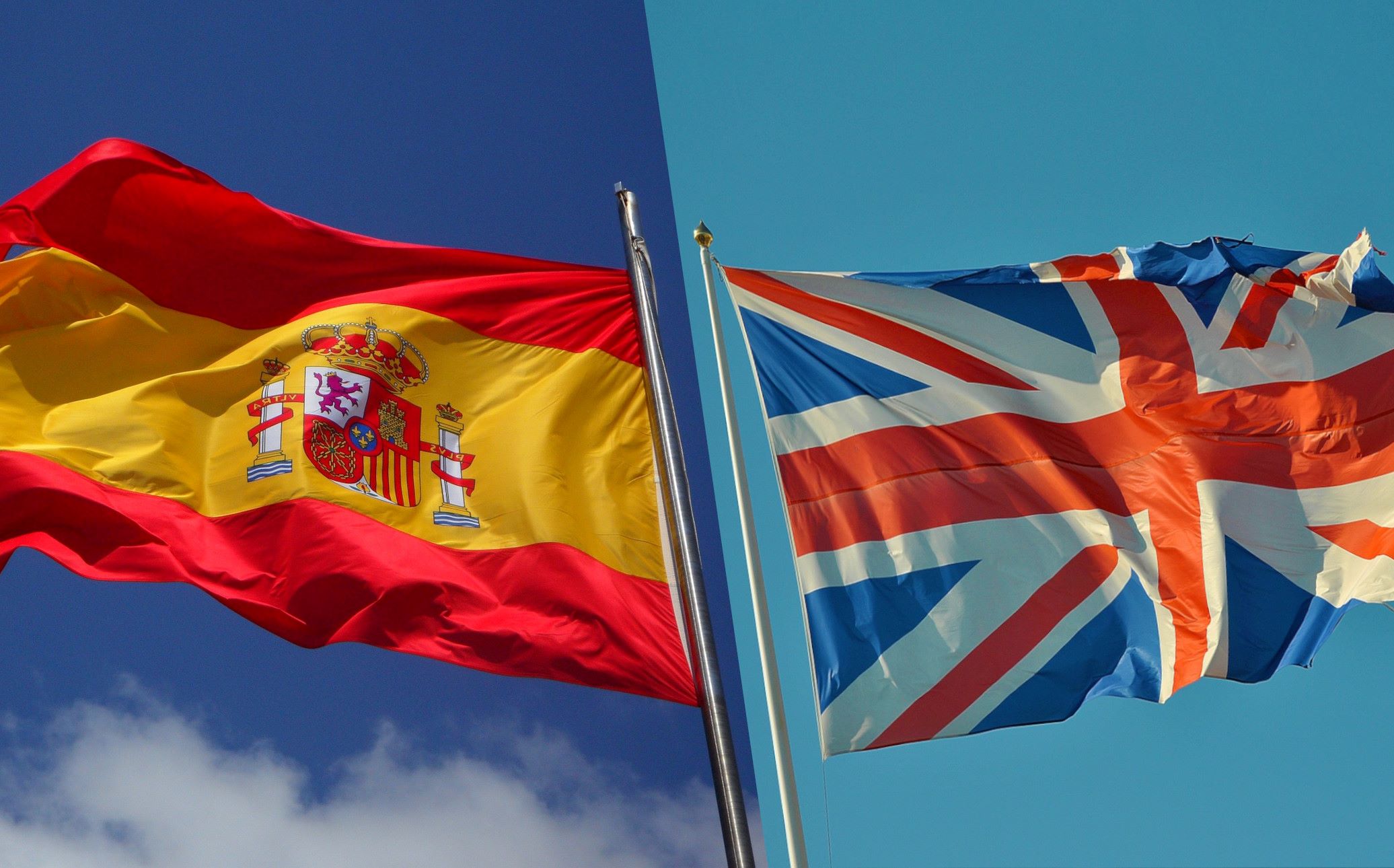Dedicated InCubed national calls give rise to innovative EO development activities



Following last year’s calls for proposals in the United Kingdom and Spain, seven new InCubed activities have now commenced. Addressing needs over the full range of the Earth observation value chain, the activities demonstrate how customer-oriented Earth observation solutions provide technological advances and tangible societal benefits.
With its co-funding of market-oriented development activities, the ESA InCubed programme is a key enabler for the financing of ventures that improve European competitiveness in Earth observation (EO). In cooperation with its participating Member States, InCubed periodically issues national calls in order to boost EO innovation and investment in specific countries.
InCubed national calls were launched in Spain and the UK last year. Both were met with an enthusiastic response, and InCubed then initiated a comprehensive evaluation process in conjunction with the space agencies of each country. The result so far is that five Spanish and two British companies have been awarded InCubed co-funding for new activities.
These activities cover both upstream and downstream applications, from instruments, data transmission and onboard software in the space segment to data processing and even an entire satellite mission. They respond to significant technical challenges, such as achieving timely intelligence extraction from Synthetic Aperture Radar (SAR) imagery, the need for higher resolution sensing in Thermal Infrared (TIR) cameras and the difficulty of reducing aerosol interference in methane detection.
Commercial EO España-style
The new activities from Spain encompass important developments in satellite technology. SATLANTIS’s TALISMAN is a 16U cubesat mission carrying a short-wave infrared (SWIR) optical instrument coupled with a liquid crystal polarimeter. The combination is designed to enable point-source methane detection – a vital activity for climate change mitigation – while minimising the impact of aerosol scattering. EODDL-LYNX from SENER builds on the company’s previous InCubed activity to integrate an active electronically steerable antenna with a payload data transmitter. The antenna will not only enhance downlink throughput and flexibility, but also provide a more compact, lightweight solution compared with mechanically steered variants.
Madrid-based Crisa will develop the power conditioning module of its NICE instrument control unit for satellites. The power conditioning module will complete the jigsaw of NICE’s core functions, alongside the payload controller and standard discrete interface module. Deimos Space’s Insight4EO picks up on the emerging trend of edge computing onboard satellites by providing a processing and intelligence services package for LEO EO missions. The activity is aimed at facilitating realtime decision-making, increased mission autonomy and higher data throughput.
In the downstream data processing segment, ATR4PAZ from Hisdesat will tackle the thorny issue of rapidly deriving meaningful insight from SAR data. Focusing on the security and intelligence sector, ATR4PAZ will simulate objects of interest on existing SAR imagery in order to train a machine learning to detect those features.
UK-side sustainability solutions
Like its Spanish counterparts, the British contingent also includes an innovative instrument in the form of SPIRIT, an ultra-compact, high-resolution, wide-field-of-view thermal infrared camera to be developed by Supersharp. SPIRIT imagery will be used to produce heat maps with an unparalleled revisit rate to monitor the energy usage of buildings worldwide.
London company Messium will develop an application for monitoring the Nitrogen concentration in wheat crops. Based on satellite-derived hyperspectral data and custom machine learning models, the interface will complement in-situ measurements and help in the adoption of variable-rate fertiliser distribution for more efficient nutrient management and reduced nitrous oxide production.
“Launching targeted national calls enables us to work hand in hand with our Participating States to stimulate EO innovation in individual countries,” commented Michele Castorina, InCubed Programme Manager and head of the ESA Φ-lab Invest Office. “These latest Spanish and British calls have yielded groundbreaking activities that not only include contributions to the green agenda, but have also captured the direction of travel in EO technologies with such topics as edge compute, payload downsizing and high-capacity data transmission. I therefore expect these developments to make a valid contribution to Europe’s commercial space arena.”
To know more: ESA InCubed, Spanish Space Agency, UK Space Agency
Photo courtesy of Pixabay/Efraimstochter, Pixabay/Nerivill
Share